Last Updated on June 26, 2023 by Amanda P. Brown
Tamari is a Japanese-made fermented soybean sauce that is produced without wheat and provides a significant flavor-enhancing contribution to Japanese cuisine. Due to its distinctive umami, salty, mild flavor, and versatile application, it is enriched in many traditional dishes such as soups, stir-fries, dumplings, noodles, tofu, sushi, sauces, or marinades.
However, tamari sauce is more than just a substitute; it’s also a fantastic flavor ingredient in its own right. Tamari is a popular soy sauce alternative, but there are a few situations in which it might not be appropriate. This is due to the fact that many people cannot consume Tamari due to allergies, or dietary constraints.
Moreover, if you are one of them and looking for the best Substitution for Tamari. See the following article below.
Substitution for Tamari
Table of Contents

As for the salty, umami-rich alternatives to this tamari, such as Vegan fish sauce, Hoisin sauce, Chinese black vinegar, Vegan oyster sauce, and yellow soybean paste, below are 21 tamari substitutes to follow:
1. Vegan Fish Sauce
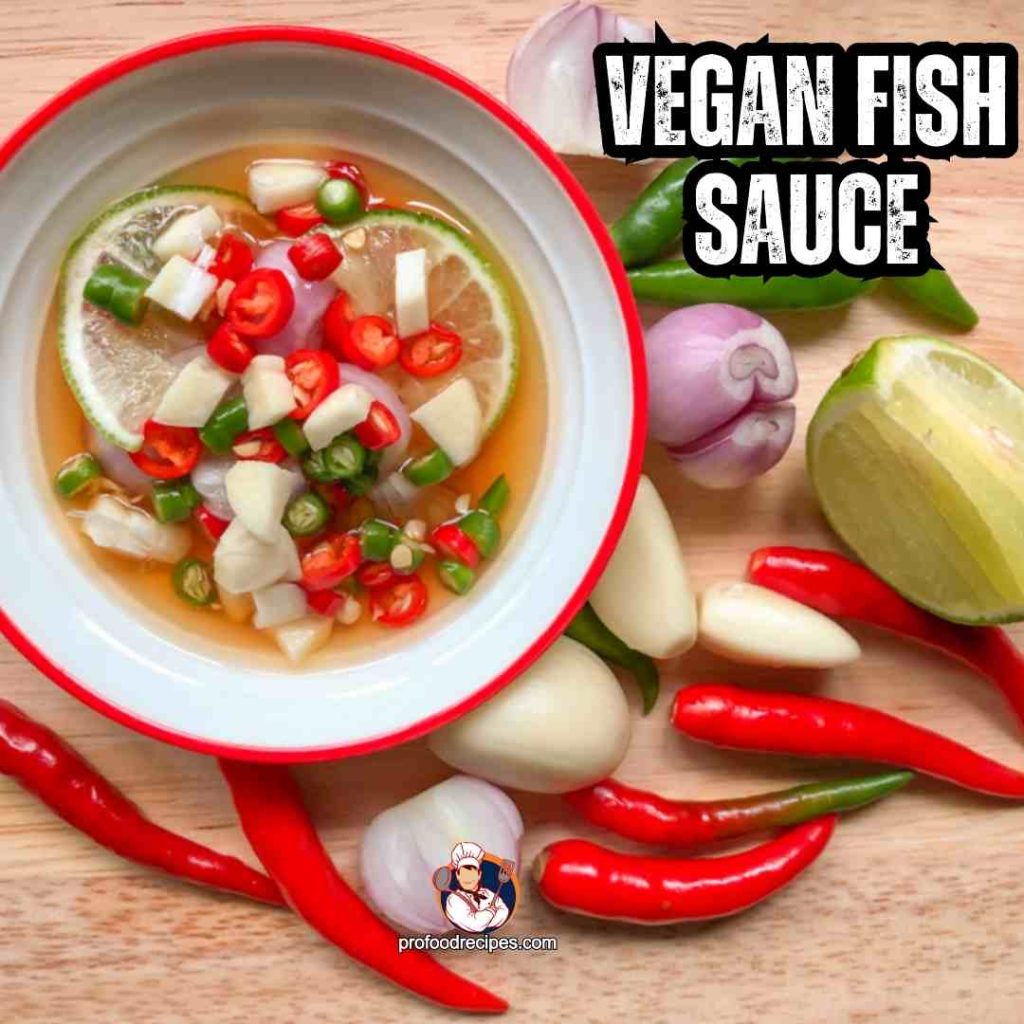
Traditionally in Asian cooking, vegan fish sauce is produced from fermented soy or shiitake mushrooms. It emulates the flavor of the traditional fish sauce without the fishy undertone. Because it is made from soya while it is similar in taste to tamari.
In this case, it will be effective to adjust the amount if you substitute it with Tamari. However, you need to use 0.5 tbsp of vegan fish sauce to replace 1 tbsp of tamari, assuming a substitution ratio of 1:0.5.
2. Hoisin Sauce

Hoisin sauce, a Chinese condiment, is made with various ingredients such as soybeans, wheat flour, sweeteners, spices, and often mushrooms. It has a complex flavor with a hint of sweetness and smoke, making it appealing as a glaze for stir-fries, dipping sauces, and even meat or poultry dishes.
Since the amount of tamari to be used as a substitute for hoisin sauce, although the substitution ratio may vary based on the recipe. According to the guidelines, ½ teaspoon of hoisin sauce should be used instead of 1 teaspoon of tamari sauce.
3. Vegan Oyster Sauce
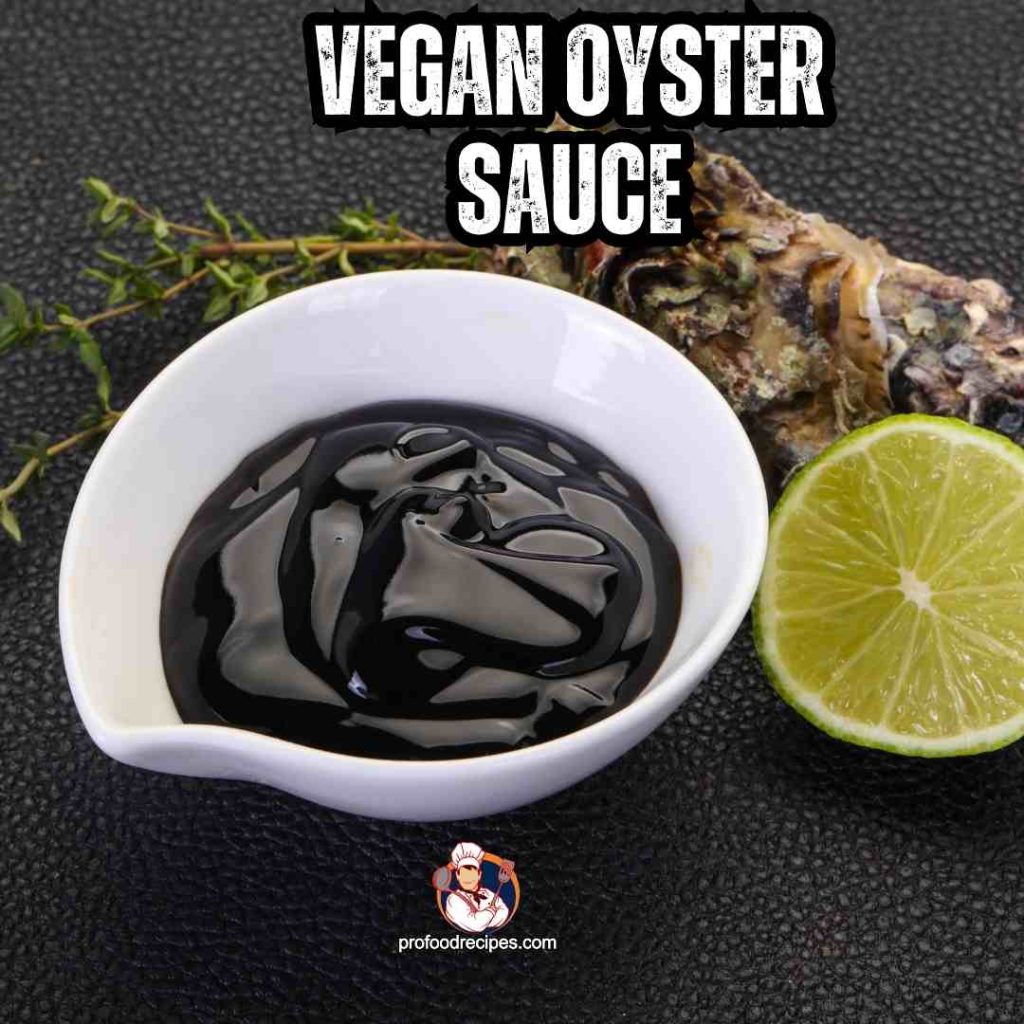
Vegan oyster sauce is frequently referred to as mushroom stir-fry sauce or vegetarian oyster sauce. And this soy sauce-based condiment that combined with salt, mushrooms, and sugar. It strikes a perfect balance with salty, sweet, and umami flavors that add depth of flavor to your food and are great for stir-frying.
Moreover, it will often be found alongside other Asian condiments, such as hoisin sauce and red chili paste.
4. Chinese Black Vinegar

Chinese Black Vinegar, produced in China, is a distinctive vinegar that has been around for over 1,000 years. And it is produced by combining mold Aspergillus oryzae with wheat, millet, and glutinous rice for fermentation.
Eventually, the vinegar turns a deep black to dark brown color with an earthy flavor similar to that of soy sauce. However, if you prefer to enjoy Asian food or pickled vegetables such as garlic chili noodles and Asian cucumber salad, you may encounter this vinegar, which will be a great delight.
5. Yellow Soybean Paste

Yellow soybean paste is a fermented soybean paste that appears with a distinct flavor and aroma. It is also known as doenjang and is an integral part of many Chinese dishes, such as Mapo tofu, tofu, and dumplings. It is even used as a sauce-making area when you stir fry or sauce. However, as it is salty, you must dilute it with previously used water.
6. Teriyaki Sauce
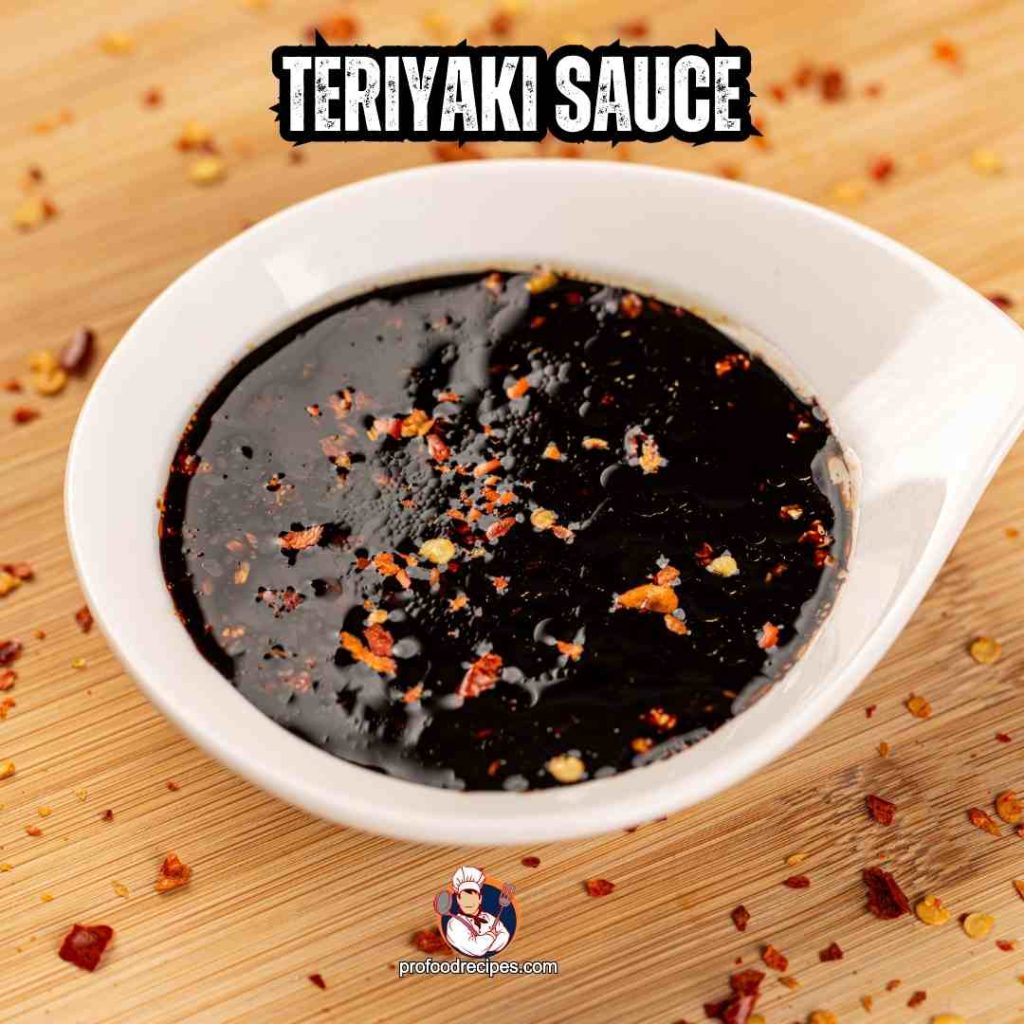
Teriyaki sauce refers to a Japanese sauce made from sugar, soy sauce, ginger, mirin, and sake. It imparts a sweet, salty, and savory flavor to dishes such as tamari sauce, with a hint of umami. As a substitute for tamari, it is used as a glaze for beef, chicken, vegetables, seafood, etc.
Additionally, it also frequently appears to be as a dollop in ramen bowls, in stir-fries and tossed in sushi and tofu. However, by reducing the sweetness, you can substitute tamari in a 2:1 ratio of teriyaki sauce to get a similar salt level.
7. Umeboshi Vinegar

Umeboshi vinegar tastes tend to be similar to tamari sauce, but the saltiness is more tempting than the sweetness. When substituting it in a dish, you can replace up to 25% of the tamari with umeboshi vinegar. However, umeboshi vinegar often contains citric acid, which contributes to the flavor added to your dish, whereas citric acid does not.
8. Balsamic Vinegar

Balsamic vinegar makes a great addition to tamari as another substitute. Typically, balsamic vinegar has a salty, sour, and sweet flavor that comes from the juice of the white Trebbiano grape.
It makes a versatile contribution to your pantry as a sauce, marinade, and salad dressing. Additionally, balsamic vinegar remains sour compared to tamari, which you can sweeten with sugar or honey as per your preference. In this case, you can substitute 1 tablespoon of tamari with ½ teaspoon of balsamic vinegar.
9. Monosodium Glutamate

The sodium salt of glutamic acid is monosodium glutamate, also known as sodium glutamate. It often contributes as an umami which exhibits a savory or meaty taste. It is even considered a flavor enhancer in cooking as it contributes to amplifying other flavors. In this case, you need to replace 1 tablespoon of tamari sauce with 1 teaspoon of monosodium glutamate.
10. Oyster Sauce

Oyster sauce has a deep, tangy flavor that comes with oyster extract. It contributes a suitable sauce for stir-frying and dipping. In this case, you can easily use oyster sauce as an alternative to tamari in your cooking. Although it has a thicker texture and a sweeter taste than Tamari, it is able to be used at a 2:1 ratio.
11. Maggi Seasoning

Maggi seasoning is not stand to soy sauce but contributes a similar role to seasoning in cooking. And it has a slightly spicy flavor and saltiness that helps to enhance the dishes, including noodles, soups, and stir-fries.
Moreover, tamari tends to be less salty than Maggi seasoning, so you need to substitute tamari for around ⅓ amount of Maggi seasoning.
12. Shoyu Sauce
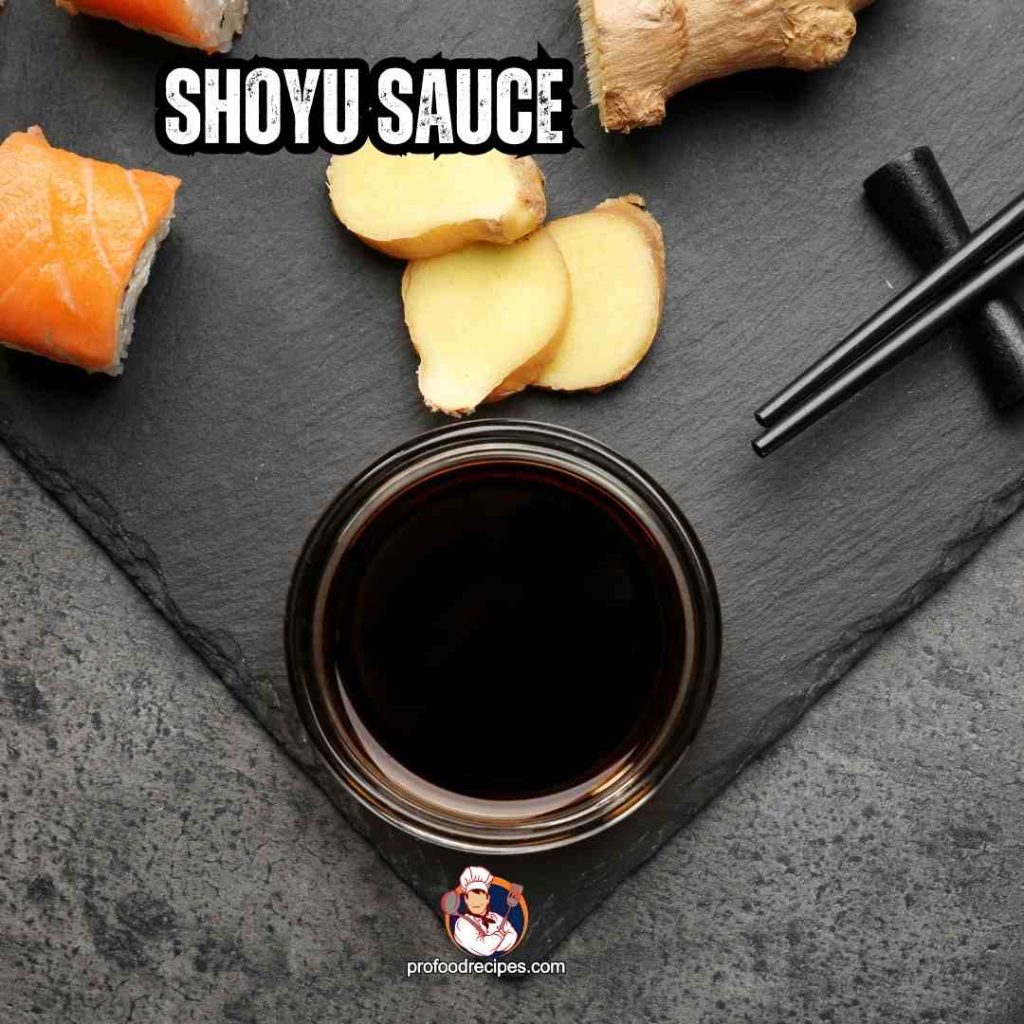
Shoyu sauce is a traditional Japanese soy sauce that is slightly sweet and has plenty of distinctive flavors. It adds depth of flavor to noodle bowls, stir-fries, and other dishes.
Therefore, many recipes substitute tamari for shoyu sauce, but tamari has a milder flavor. In that case, you should use about half the amount of tamari as compared to shoyu sauce.
13. Soy Sauce

Typically, soy sauce is a thick, salty liquid consisting of fermenting soybeans (such as wheat, soybeans, and salt). Therefore, it has certainly the most precise, cost-effective, and easily accessible tamari alternative. In Asian cuisine, it is often used as a dipping sauce for noodle bowls, stir-fries, sushi, and stews or to add salt and flavor to other dishes.
Even soy sauce can be combined with garlic, ketchup, sugar, and other ingredients to make barbeque sauce for various types of meat. However, it tends to be slightly saltier than tamari, so it’s great if you’re gluten and soy tolerant. Moreover, you can substitute tamari with a 1:1 ratio of soy sauce.
Read More: How Long Does Pizza Sauce Last in the Fridge?
14. Fish Sauce
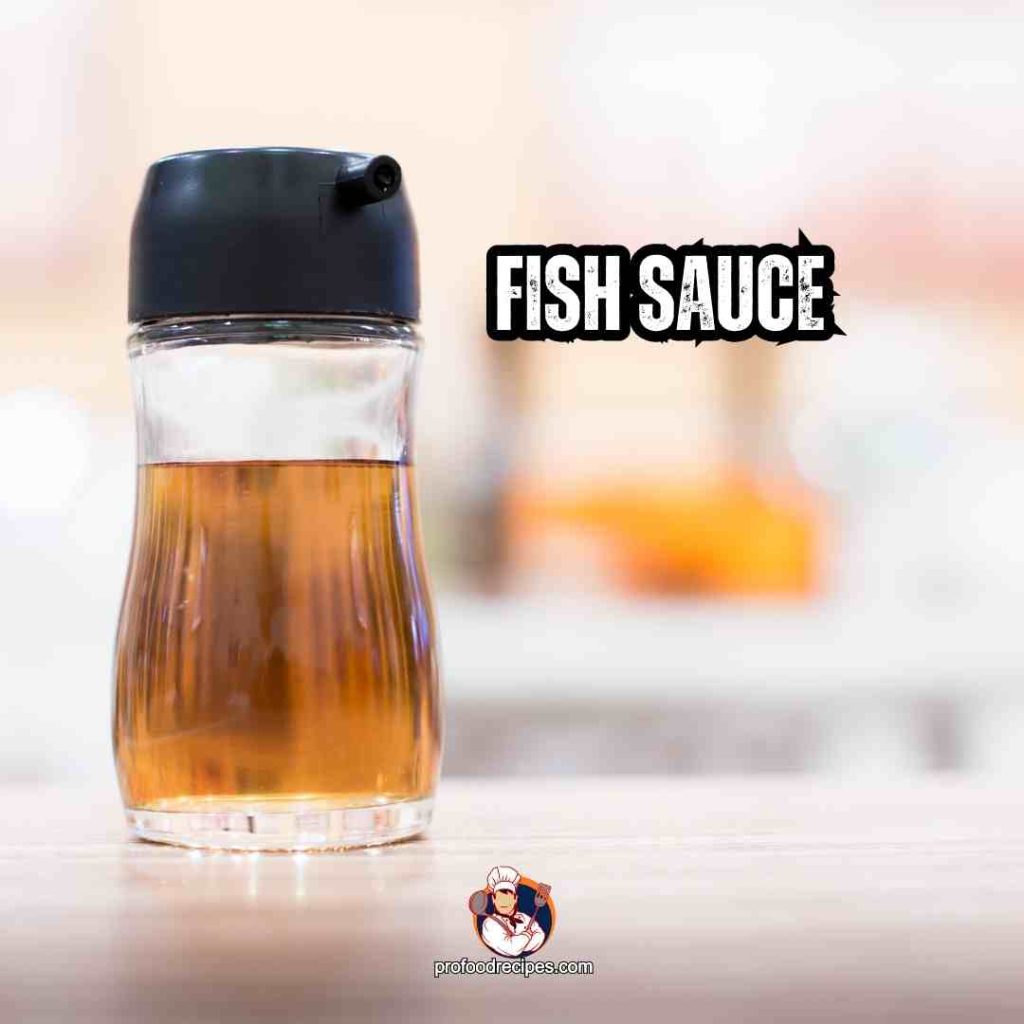
Fish sauce, an effective replacement for tamari, is used as a condiment in Southeast Asian and East Asian cooking. And it is a salty, tangy sauce made from fermented fish, usually anchovies or krill.
Accordingly, this fermentation process imparts a distinct umami flavor to the fish sauce, which can be used as a dipping sauce. But this fish sauce provides a distinct taste due to the type of fish. In addition, the fish sauce contains less sodium than tamari; it provides a distinct flavor to the dish by reducing the excess salt.
However, when substituting fish sauce for tamari, it is important to remember that fish sauce is quite stronger than tamari. So, you have to use less amount of fish sauce as per the quantity of fish sauce mentioned in the recipe, i.e., ½ teaspoon of fish sauce instead of 1 tablespoon of Tamari.
15. Salt

Salt comprises a naturally occurring mineral found in the earth’s crust that has a distinctive flavor. Therefore, if you don’t have any other ingredients in your pantry, salt is a great substitute for a decent tamari.
Although it does not bring umami to the meal like tamari, it provides a suitable spice and nothing more. Instead, you may use salt flakes, an appealing and quick substitute for tamari, to season your sushi or sashimi.
16. Miso Paste
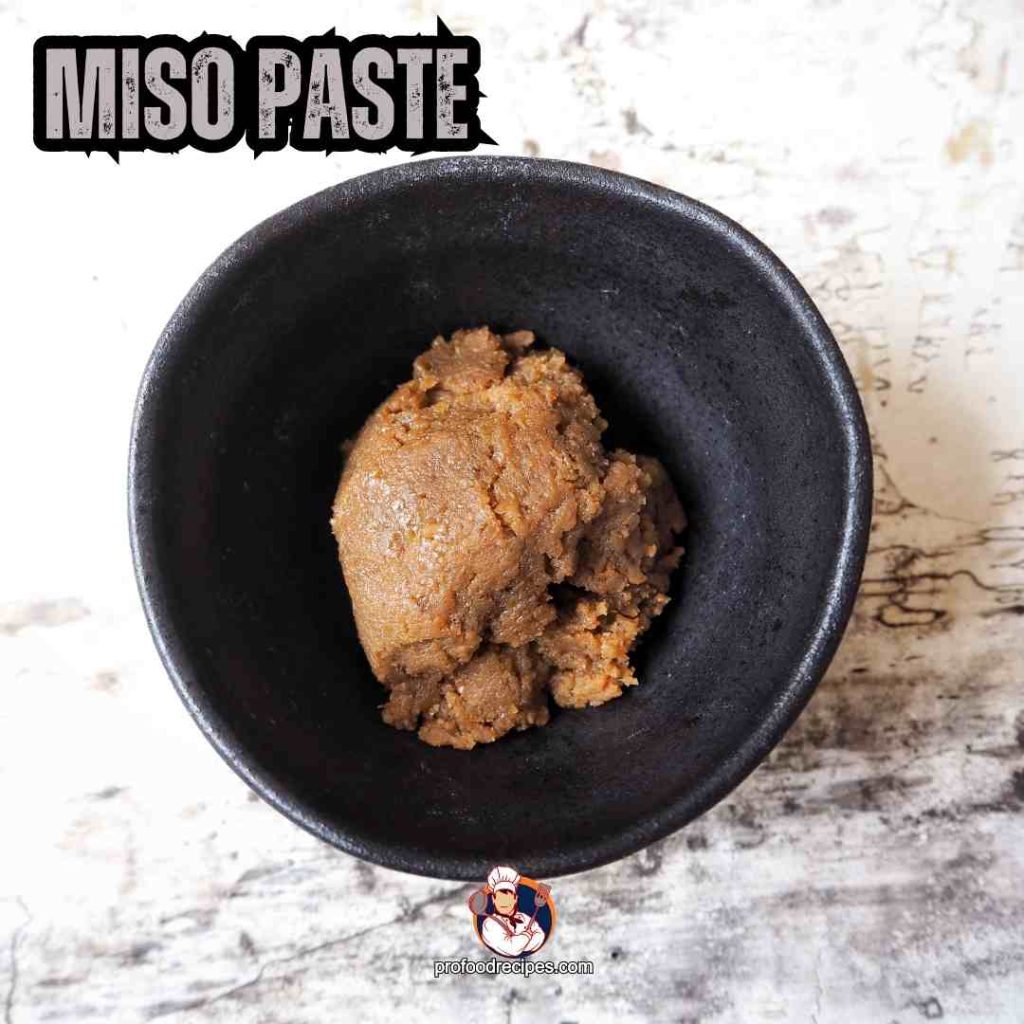
Miso paste, a Japanese fermented bean paste made from soybeans, salt, and koji mold, is an additional excellent option for a salty, umami-rich flavor. It’s even slightly sweetened and has salty and nutty flavors. It is an excellent addition to soups, sauces, meat, and tofu, as well as a seasoning in cuisine and an ingredient in marinades.
However, miso paste possesses a thicker consistency than tamari, so as per your recipe, you may loosen its appearance with water. In this case, you can start by replacing 2 teaspoons of water with 1 teaspoon of miso paste for every tablespoon of tamari substitute.
17. Coconut Aminos
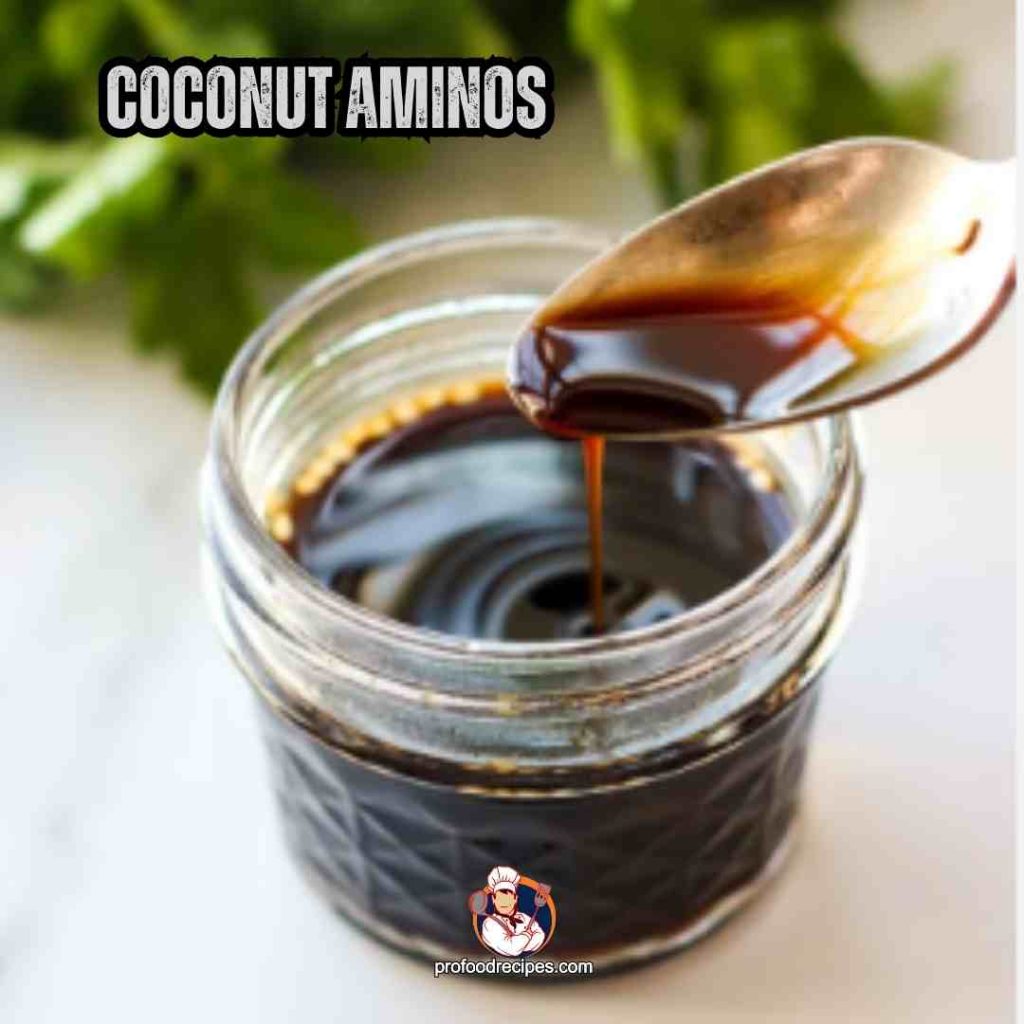
Typically, coconut aminos consist of a sauce prepared from coconut juice and sea salt. It has a mild flavor with a hint of umami and is substantially sweeter and less salty than tamari, which makes it a suitable substitution for soy sauce in several dishes like noodles, stir-fries, marinades, soups, salad dressings, stews, casseroles, meat, fish, or vegetable meals.
Even when used as a dipping sauce for dumplings or spring rolls, it makes a significant contribution to the dish. It also doesn’t include gluten or soy, making it a perfect substitute for people who want to stay away from tamari or soy sauce or who have food sensitivities or allergies. However, coconut aminos are used in a 1:1 ratio to replace tamari.
18. Worcestershire Sauce

Worcestershire sauce is a popular condiment in English cuisine, made by fermenting a blend of anchovies, distilled white vinegar, onions, garlic, cloves, molasses, sugar, water, salt, tamarind extract, chili pepper extract, and spices.
Known for its tangy, salty flavor with a hint of sweetness, it adds depth to various dishes such as meats, seafood, sauces, soups, casseroles, stews, and vegetables.
Although Worcestershire sauce is not a perfect substitute for Tamari, it does bring a pleasing umami flavor and shares a similar consistency. It can be swapped in a 1:1 ratio, allowing you to explore its unique taste profile while appreciating the familiar texture.
19. Liquid Aminos (gluten-free)

Liquid Aminos is a versatile soy sauce alternative made from free amino acids. It can easily be used as a soy sauce substitute in many dishes because it mostly adds an umami (savory) flavor with a trace of saltiness.
Particularly, liquid aminos offer low sodium, which is great for those looking for a gluten-free healthier alternative to soy sauce. To replace tamari in a recipe with liquid aminos, use one-half teaspoon of liquid aminos for each teaspoon of tamari.
20. Kecap Manis (Sweet soy sauce)

Kekap Manis, a sweet soy sauce from Indonesia, is widely used as a condiment in Southeast Asian cuisine. If you’re looking for a bolder flavor alternative to regular soy sauce, Kecup Manis is one of them.
Additionally, personal preferences vary; you should always taste it while adding it to your food, giving the dish a special touch of distinct flavor.
21. Mushroom Soy Sauce
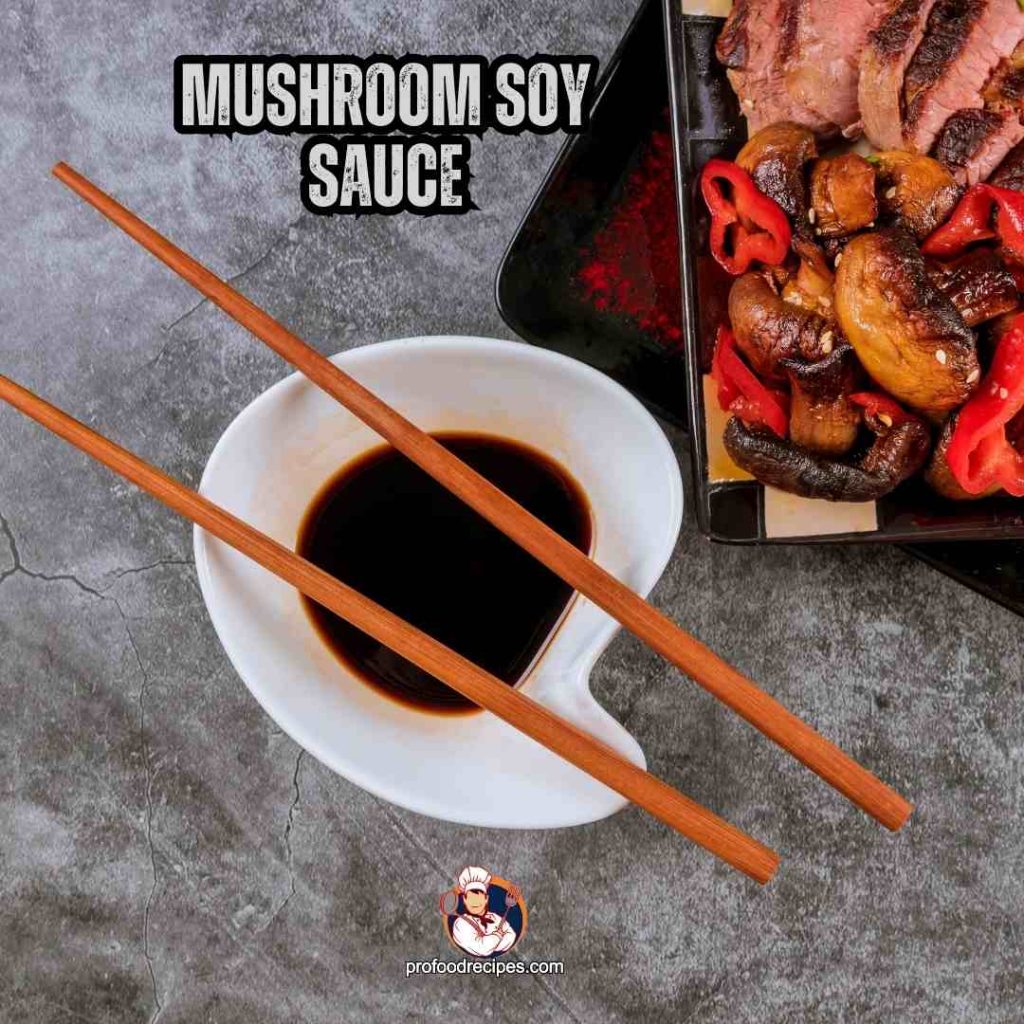
Mushroom soy sauce has a thicker texture and distinct flavor than light soy sauce, made with black mushrooms, soybeans, water, and salt. In various culinary preparations, it is widely used as a suitable substitute for tamari in cooking.
Also, the amount of substitution varies according to the recipe, with ½ teaspoon of mushroom soy sauce being used instead of 1 teaspoon of tamari as per the guidelines.
Read More: What Does Divided Mean in a Recipe?
What Are the Benefits of Tamari Vs. Soy Sauce?
Listed below are the benefits of Tamari over Soy Sauce:
- Tamari has a richer and milder flavor than soy sauce, whereas soy sauce has a salty and bold flavor.
- Tamari is gluten-free, suitable for gluten intolerance, while soy sauce obtained gluten-rich, which may not be suitable for individual gluten intolerance.
- Tamari is frequently used as a soy sauce alternative in salads, sauces, and stir-fries.
- Tamari has a strong umami flavor that adds depth to cuisine; on the other hand, soy sauce contains milder umami but gives versatility in various recipes.
- Tamari contains antioxidants and has more protein than soy sauce.
FAQs
Can I Substitute Tamari Sauce With Soy Sauce?
Yes, you can substitute tamari sauce with soy sauce. Tamari sauce is a form of soy sauce that does not contain wheat, whereas soy sauce frequently includes. Therefore, tamari sauce has a richer, more complex flavor than standard soy sauce and tends to be gluten-free. However, tamari remains an excellent alternative for you if you are gluten-sensitive.
Is Tamari and Soy Sauce the Same?
Tamari and soy sauce are similar but aren’t the same thing. Both are soy-based sauces, but tamari is a specific type of soy sauce originating in Japan. Furthermore, Tamari has a milder and less salty taste than regular soy sauce, which is preferred as a gluten-free and certain dish. In contrast, soy sauce has a thinner consistency and salty burst on the tongue. So you can use tamari instead of soy sauce if you don’t want to eat gluten.
Is Tamari Soy Sauce Halal?
Yes, tamari soy sauce can be considered halal, but it depends on its ingredients and production process. Typically, tamari soy sauce is halal if it does not contain any haram (forbidden) ingredients such as alcohol or non-halal additives; check the specific brand and have received recognition from a trustworthy halal authority.
What is Tamari Sauce Good for?
Tamari sauce is a better dipping sauce for sushi than soy sauce because it’s milder and less salty, which won’t overwhelm the flavor. Furthermore, you can also use it in marinades, stews, stir-fries, soups, and Asian sauces, and even as a condiment for dumplings, fish (especially uncooked, like sashimi), and noodles.
Final Verdict
Tamari is a type of ingredient that is used in almost many dishes. It helps to add a unique flavor to your food, such as dipping, sauce, stir-fries, dumplings, noodles, and tofu. However, if you don’t have Tamari on hand in your cooking or you look for Substitution for Tamari hope this article is helpful for you.
You May Also Like to Read:
- Chili Flakes Vs Crushed Red Pepper
- Can I Make Cupcakes Without Liners?
- Can You Use Powdered Sugar in Tea?
- Difference Between an Omelette and a Frittata
- What is the Difference Between Red Yellow and Green Curry?
